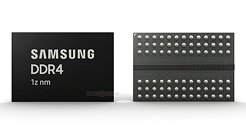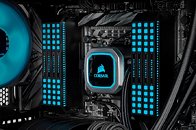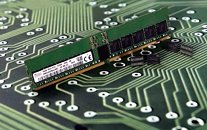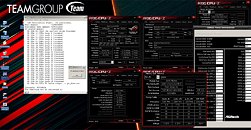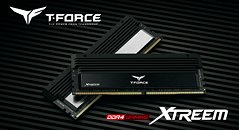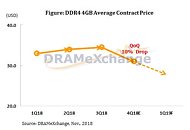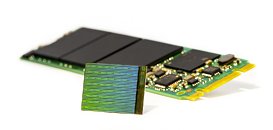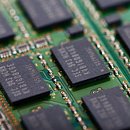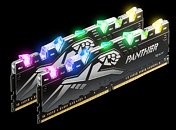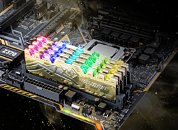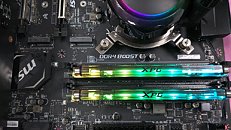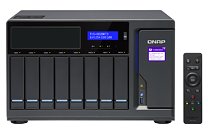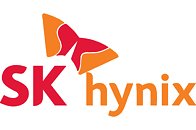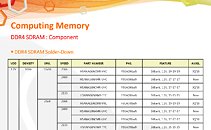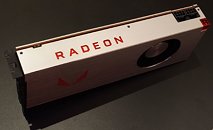
OWC Releases iMac 27-inch Memory Upgrades
OWC has confirmed support for 128GB memory upgrades for the new 2019 27-inch iMac 5K; doubling the maximum factory offered memory, 64GB, in the 3.1GHz, 3.6GHz and 3.7GHz models and quadrupling it in the 3.0GHz, 32GB base model. OWC high-performing memory kits enable customers to boost performance levels and run more apps, work with larger files, speed up render times, and manipulate larger data sets.
Apple offers 32GB and 64GB memory options in the 2019 27-inch iMac 5K. OWC has certified and supports up to 128GB memory for all 2019 27-inch iMac 5K models, giving users up to four times the factory-available memory. This upgrade is exclusive to OWC and allows users to take new iMacs to their maximum potential, to create with endless possibilities.
Apple offers 32GB and 64GB memory options in the 2019 27-inch iMac 5K. OWC has certified and supports up to 128GB memory for all 2019 27-inch iMac 5K models, giving users up to four times the factory-available memory. This upgrade is exclusive to OWC and allows users to take new iMacs to their maximum potential, to create with endless possibilities.


